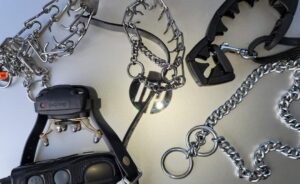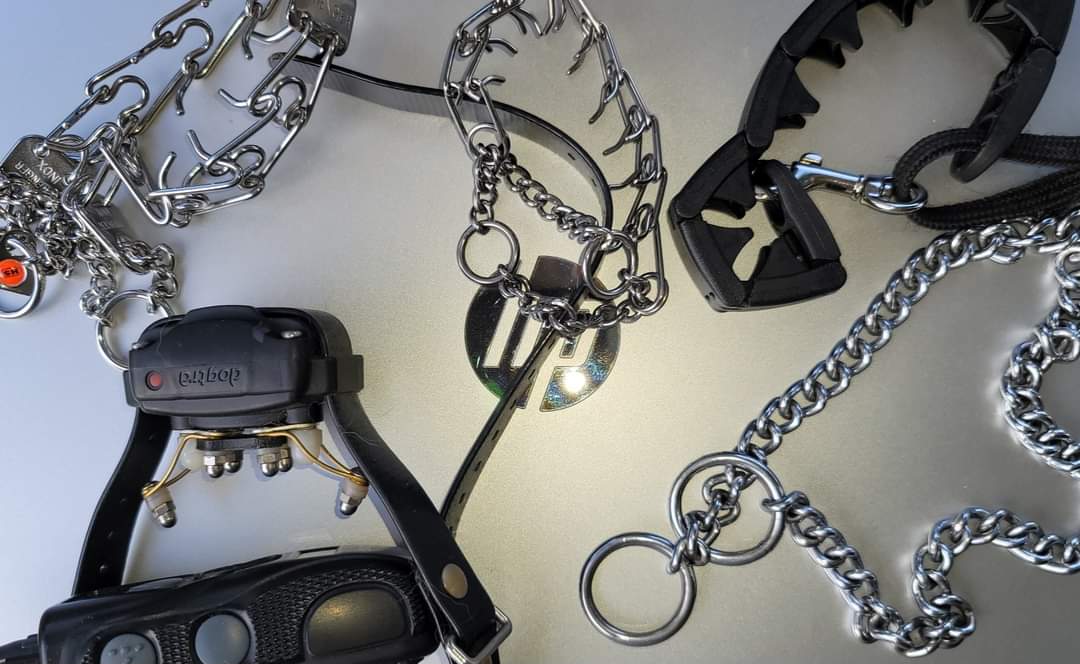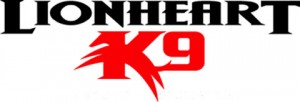 The use of pressure is one of the most misunderstood instruments in any method of dog training.
The use of pressure is one of the most misunderstood instruments in any method of dog training.
It has become a convenient means to explain what is being done to the dog to get it to perform an act.
We employ pressure in a variety of ways, using a variety of devices through a variety of applications. Dog trainers can create too much pressure, not enough pressure, oppositional pressure and directional pressure. Pressure can be delivered socially, environmentally, using our hands, or through withholding things the dog wants.
People often believe they are not applying ‘enough pressure’ when things go wrong, and either increase pressure to the point that there is no longer a reliable measure of knowing if it was ‘too much’.
Folks will often choose to use a device like an electronic collar or prong collar as a force multiplier because they inadvertently think they need to create ‘more’ pressure.
It’s easy to overlook too much pressure. The Goldilocks Principle of Dog Training isn’t new, and we have created some pretty unique ways of applying pressure while becoming less able to identify when we have achieved the ‘right amount’ of pressure.
We artificially create, apply and maintain pressure when training dogs. We disable the dogs ability to escape pressure by putting him on a leash and by compelling him to do this thing that we want him to do. The thing doesn’t matter. It could be anything. A sit, or a down or to just not run away. The leash effectively removes any other option.
We apply force multipliers without even thinking about it; molding the dog into a sit, down or stand requires leveraging the leash and physical touch in very strategic ways to help facilitate those behaviors. We only use enough pressure to accomplish the task, in a very controlled, highly articulated movement.
The dog determines the volume of the pressure, the direction of the pressure and the duration of the pressure we apply. Where things go south is when we start applying more than is necessary for periods that are beyond usefulness in directions not relevant to the task.
People tend to get into wrestling matches with dogs and then wonder why their dog doesn’t trust them. If the dog doesn’t sit, they don’t think about what their physical cues told the dog, only that the dog failed. They swing the dog around and jerk him into a sit because they saw someone else do it somewhere else on some other dog and didn’t stop to ask themselves whether or not it was appropriate or necessary for either dog.
I have refined how I use pressure through the years. I understand the evolution of logic that makes one think More is Better, but what I have learned over the decades is most of the time, LESS is actually MORE.
I made a comment earlier about the volume, duration and direction of the pressure we apply being largely determined by the dog. What fails is our ability to read the dog effectively to know where to start on that scale.
Goldilocks went right for MASSIVE. She went for the grandest scale and found out it was too much.
Her next choice was an over correction from her first choice and discovered that it wouldn’t work, either.
Goldi’s only remaining option was “just right”. THIS IS THE LESSON. Start out moderate. It gives you options. Start out extreme, your options become very limited, very quickly.
Learning to know how to be “just right” with any dog on the end of your leash is actually relatively easy. It does require that you understand a few physical concepts- first, that the leash is a conduit for information that flows both ways. Second, that you are the only one able to mitigate conflict by how you handle that leash. Finally, disabling the dogs ability to engage in inappropriate behavior doesn’t translate to being preemptive, but it does require that you be prepared.
How you mitigate pressure is how you resolve problems. If your timing is off, if the volume is too much or too little, it will profoundly impact your dog and his understanding of his world. The consequences of his decisions will be determined by the correct application of some form of pressure.
Training is simply an appropriate application of pressure that informs the dog how to proceed. Couple it with a cue, apply it towards an end goal, reinforce it with a meaningful reward and ultimately, your dog learns to function without the pressure. That’s the point. And the lesson.
It doesn’t matter what the task is. Tools enable you to stretch the dog out, not string him out, or string him up. If you are incapable of applying pressure appropriately, what you are doing is relying on a tool.
That’s not training.
If you are looking for sensible training that actually works, we are only an email away.
If your current training conventions are not yielding results, schedule a behavior consult at your convenience. Our online coaching is a popular option for folks outside our coverage area, especially if you’ve been struggling with training for a while.
If you are in our coverage area, we would be delighted to help you in person, so feel free to contact us directly.


